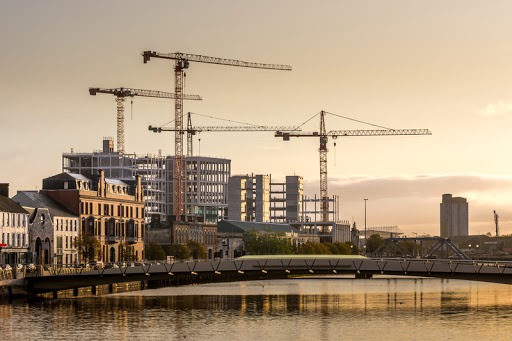Irish Property 2020: Understanding our starting point

That is not to say that the industry is not still facing challenges. Labour shortages, from site to c-suite level, are playing havoc with future planning and onsite programme schedules for many contractors. According to Irish Building Magazine, salaries across the construction sector have continued to rise over the last 12 months. Most construction firms are still experiencing increased competition to attract key team members, particularly affordable, early/mid-career professionals like quantity surveyors, engineers and project managers. Staff retention is also a massive issue, with headhunting rife within the industry right now. This is an important project risk for design and build teams to be aware of and take steps to mitigate against.
On the residential side of the market, property prices nationwide increased just 1.4 percent from November 2018 to November 2019, according to the latest Central Statistics Office figures. Significantly, property prices along the border increased almost 10 percent, making these counties the best performers in the marketplace. Honing in on the Dublin market only, we can see that prices actually fell by 0.7 percent over the same period. The slowdown in property price growth can be linked to the pick-up in new homes supply (up 18 percent from 2018 to 2019). Also, while speaking to the Irish Times, chief economist with KBC Bank Austin Hughes stated that “The behaviour of property prices in the past couple of months offers tentative evidence that the drop in Irish property price inflation may be bottoming out”. To put all these figures in context, national property prices have now increased 85.7 percent since the crash, while Dublin prices have recovered 94.9 percent.
Finally, it is worth noting that Irish mortgage lenders are expecting to loan €9bn to homebuyers in 2020. As always, we would be interested to hear about local or regional trends impacting your market.
Ian Lawlor
086 3625482
Director / Business Development
Lotus Investment Group
